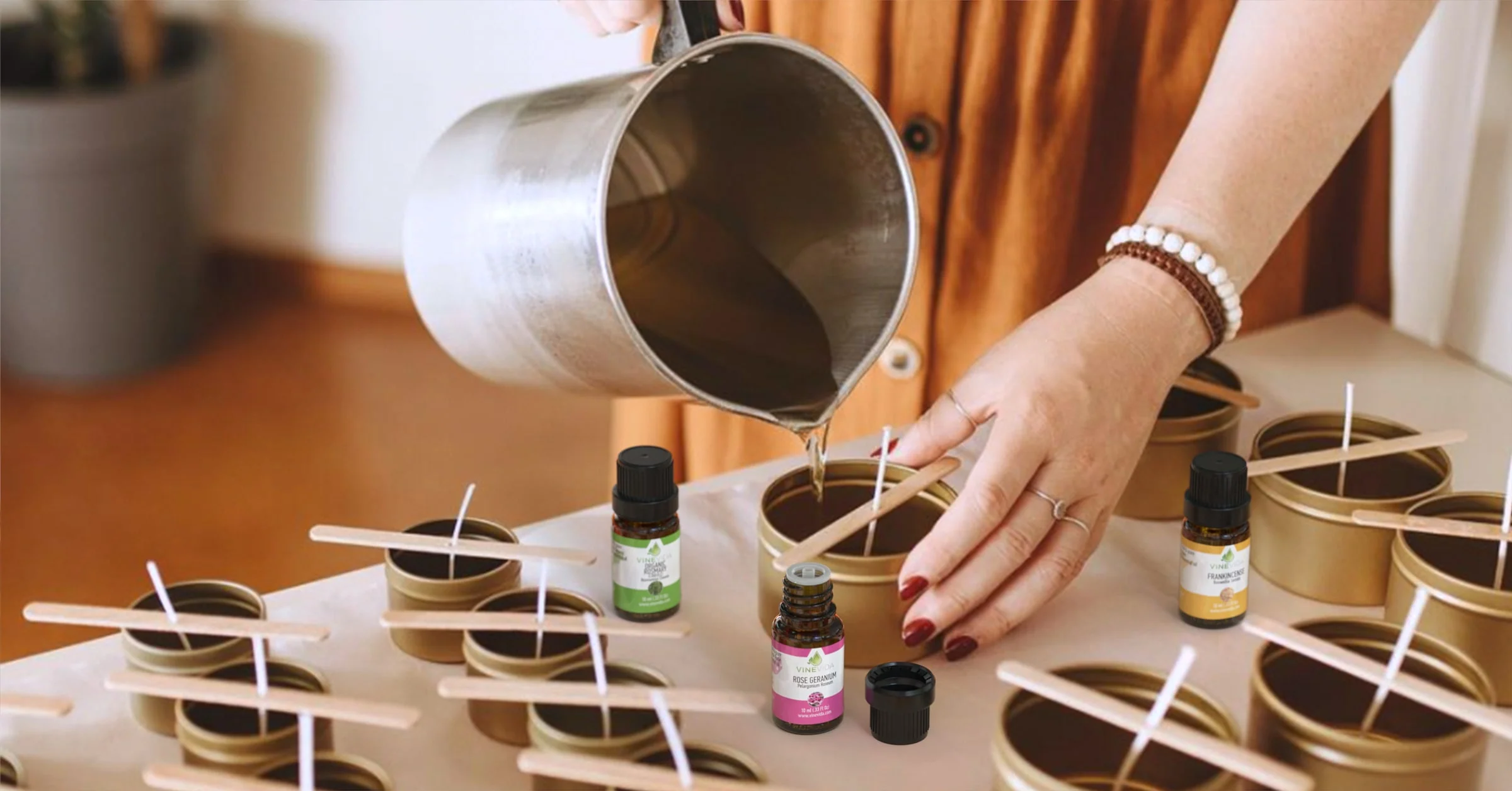Mica is a naturally occurring mineral that may be ground into fine particles and used as a pigment in a variety of industries, including the production of candles. Mica can be found in a variety of colours. Micas can be found in a variety of forms, and each of these forms has its own set of distinguishing qualities that can be used in the production of candles. In this piece, we'll discuss the various kinds of mica that may be used to make candles, as well as their characteristics and the various applications for which they might be put.
Natural Mica
Natural mica is the most commonly used type of mica in candle making. It is a naturally occurring mineral with a range of hues, from pale white to deep black. Natural mica is ground into a fine powder and added to candle wax to create beautiful colours and effects. It is known for its shimmering, iridescent appearance, which can add a subtle sparkle to candles.
Natural mica is non-toxic and safe for use in candles. However, it is not considered vegan-friendly, as it is a mineral that is often extracted using child labour in some parts of the world. Therefore, many candle makers opt for synthetic micas instead.
Synthetic Mica
Synthetic micas are created in a lab and are a popular alternative to natural mica. They are created to resemble the characteristics of genuine mica and are formed from a mixture of minerals and chemicals. Synthetic micas come in a wide range of colours and are more consistent in their appearance than natural micas.
Using synthetic micas to make candles has many advantages, including the fact that they are vegan-friendly and don't cause problems with child labour. They are also less likely to clump or streak in candle wax, making them easier to work with.
Mineral Pigments
In addition to micas, mineral pigments can also be used in candle making. These are natural minerals that are ground into a fine powder and added to candle wax to create colour. Mineral pigments are typically matte and do not have the shimmering effect of micas.
Some common mineral pigments used in candle making include iron oxides, titanium dioxide, and ultramarines. Iron oxides are typically used to create earthy colours like browns and reds, while titanium dioxide is used to create white candles. Ultramarines are blue pigments that can be used to create shades of blue and purple in candles.
Pearlescent Pigments
Pearlescent pigments are another type of pigment that can be used in candle making. These pigments contain small, reflective particles that create a pearly, iridescent effect. They are typically added to candle wax in small amounts to create subtle, shimmering effects.
Pearlescent pigments are available in a range of colours, from white to black, and can be used to create a variety of effects. For example, they can be added to candle wax to create a pearlescent finish or used in combination with micas to create a multi-dimensional effect.
Fluorescent Pigments
Fluorescent pigments are a type of pigment that glows under black light. They are typically used to create candles that glow in the dark or have a neon effect under UV light. Fluorescent pigments come in a range of bright colours, from pink and orange to green and blue.
Fluorescent pigments are typically added to candle wax in small amounts to create a subtle glow effect. They are not typically used on their own but are combined with other pigments, like micas or mineral pigments, to create unique effects.
Conclusion
There are several types of micas and pigments available for candle making, each with its unique properties and characteristics. Natural mica is the most commonly used type of mica, but synthetic micas offer a vegan-friendly alternative. Mineral pigments and pearlescent pigments can also be used to create beautiful effects in candles, while fluorescent pigments add a fun, glowing touch. When choosing a type of mica or pigment for candle making, it's important to consider the effect you want to achieve and the safety of the product. Always choose micas and pigments that are specifically designed for candle making and are safe for use in candles.


No comments yet